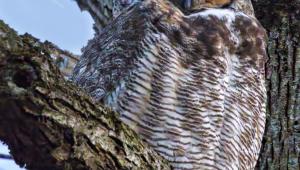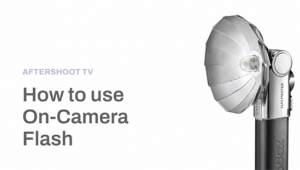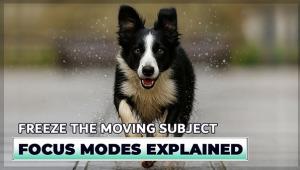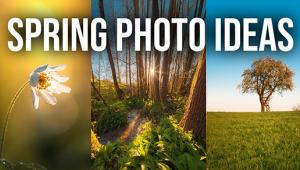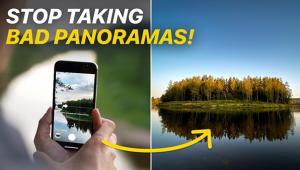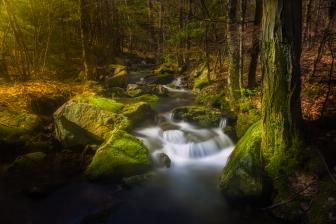This same project Patrick Ecclesine worked on for 5 plus years actually won an award where he ties with Annie Leibovitz for first place Patrick Ecclesine was the Winner of The Top Photography Book in 2009.
Dream Street; Patrick Ecclesine’s Sunset Project Page 2
Patrick is a self-taught photographer, but if you’re looking for anything like a classroom, you’ll find it on the sets of the TV shows for which he shoots. “Working as a still photographer I got to go on many big television shows—CSI, CSI: NY, Cold Case, Without a Trace, ER. I’d shoot the behind-the-scenes shots of the production, the actors, directors, writers, and the action that the studio publicity department would use on websites and in magazines. On set I’d see these amazing cinematographers. On television they want a feature look, but they have to work fast, so I was working with some incredibly talented directors of photography. I learned about lighting by just being there and observing what they were doing with their tools; where subjects were in relationship to the light.”
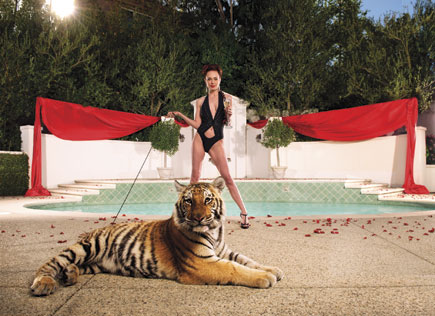 |
|
|
He took all he’d absorbed to the street. “But I shot strobes throughout. Motion picture lights are not practical on the street. They’re too hot, too heavy, and require too much electricity. I started with simple hot-shoe flashes; the Vivitar 285s came in pretty handy. I liked to use them in an extra small softbox with a Lumedyne battery to keep the battery cycle time down. But I found they had power limitations, so I graduated to Profoto Pro-7bs—1200 watt-seconds, completely reliable, nothing compares.” For the big productions, like the L.A. fire department photo, Patrick got a 750amp generator to feed the 31 Profoto 2400-watt-second packs it took to provide the power for the f/16 exposure that held everyone in focus. Throw into the lighting mix a collection of softboxes, umbrellas, reflectors, and pretty much whatever else he could get his hands on and you’re ready for street photography, Hollywood style.
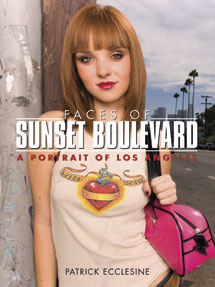 |
He used several cameras for the project, starting with a Nikon D1X. “It was 5.5 megapixels and it worked well with shots taken with lenses over 50mm, but there just wasn’t enough information when I went to the wide angle shots that I wanted to convey the scope of the environment.” Then he got access to an H1 Hasselblad with a Leaf digital back and used that for about a year’s worth of images. There was a Mamiya RZ67 in the picture for a while, and then a Nikon D300. A favorite lens for the Nikons was the 17-55mm f/2.8 Nikkor; on the Hasselblad it was the 50-110mm f/3.5-4.5 HC; for the Mamiya, a 75mm f/4.5 Short Barrel.
So, did Patrick achieve what he set out to do? Well, the nature of the work changed as it went along, but if you go back to his notes at his website, you’ll find a statement of early hopes: “Interesting faces. Strong graphic lines. Make everyone look like a movie star. Cutting edge. Modern. Somewhat dark, sometimes funny, heroic.” Today he says that “everybody is represented as they wanted to be represented. I didn’t try to impose my vision, though I did create the myth and the glamour around some of them. But it’s their truth, their stories.”
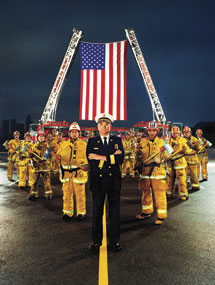 |
|
|
If that’s not close enough to a Hollywood ending, try this: “The book is a book about dreams,” Patrick says. “It’s Sunset Boulevard, the boulevard of dreams…the symbol all around the world of the good life. People come here to L.A. for a better life. There’s that dream, that ideal for all of us, the thing we strive for that pulls us forward.
“Then there’s the reality. The dream isn’t always what we make it out to be. And there’s a high price to pay for that dream.”
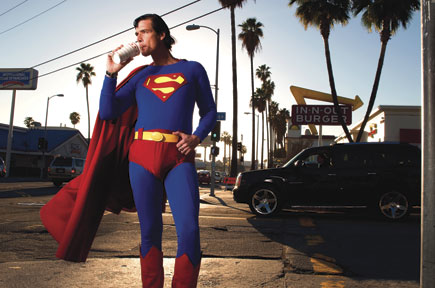 |
|
|
Indeed there is. Just ask Joe Gillis. But that’s another Sunset Boulevard story.
- Log in or register to post comments

















